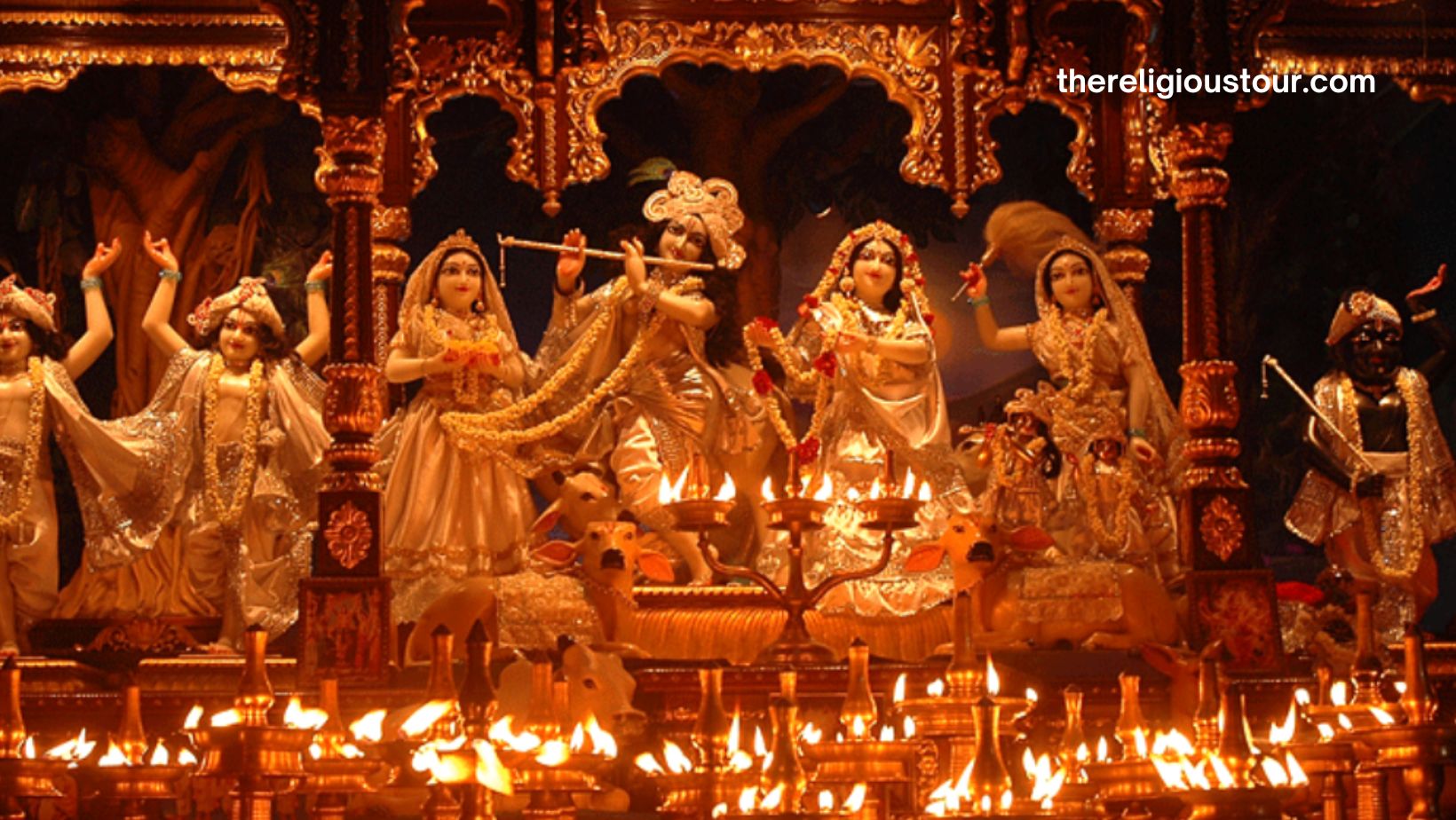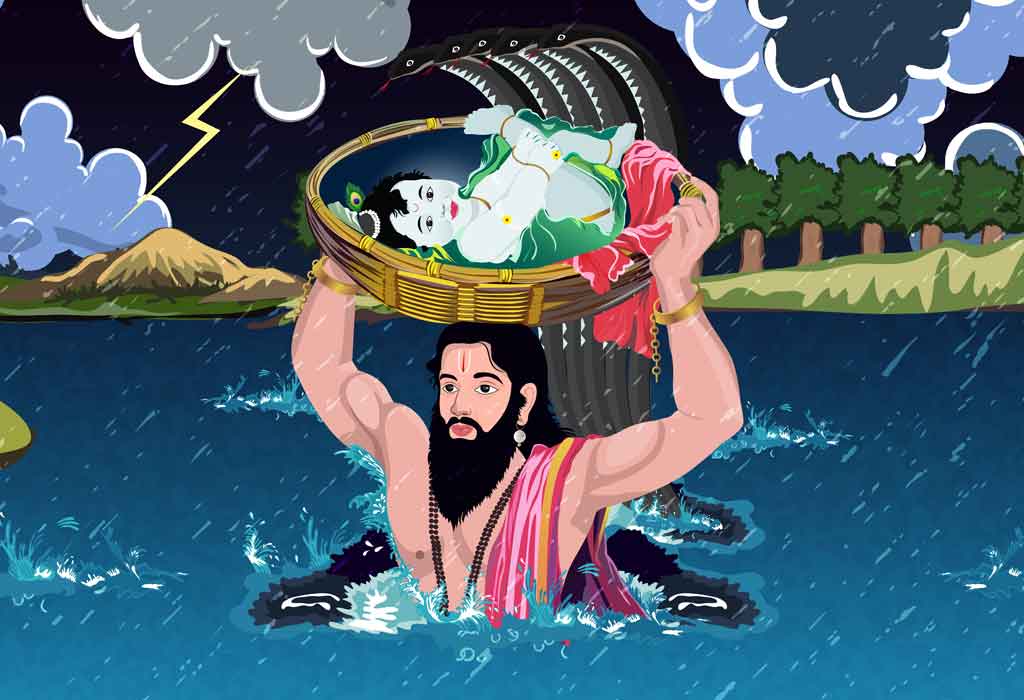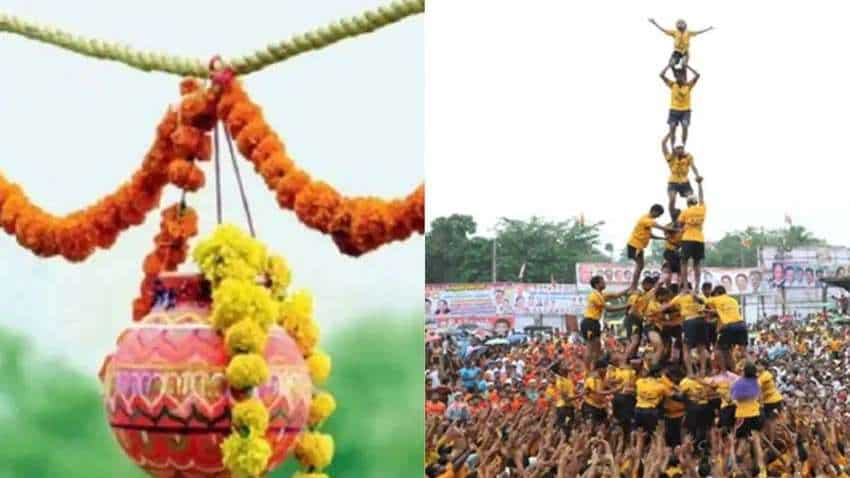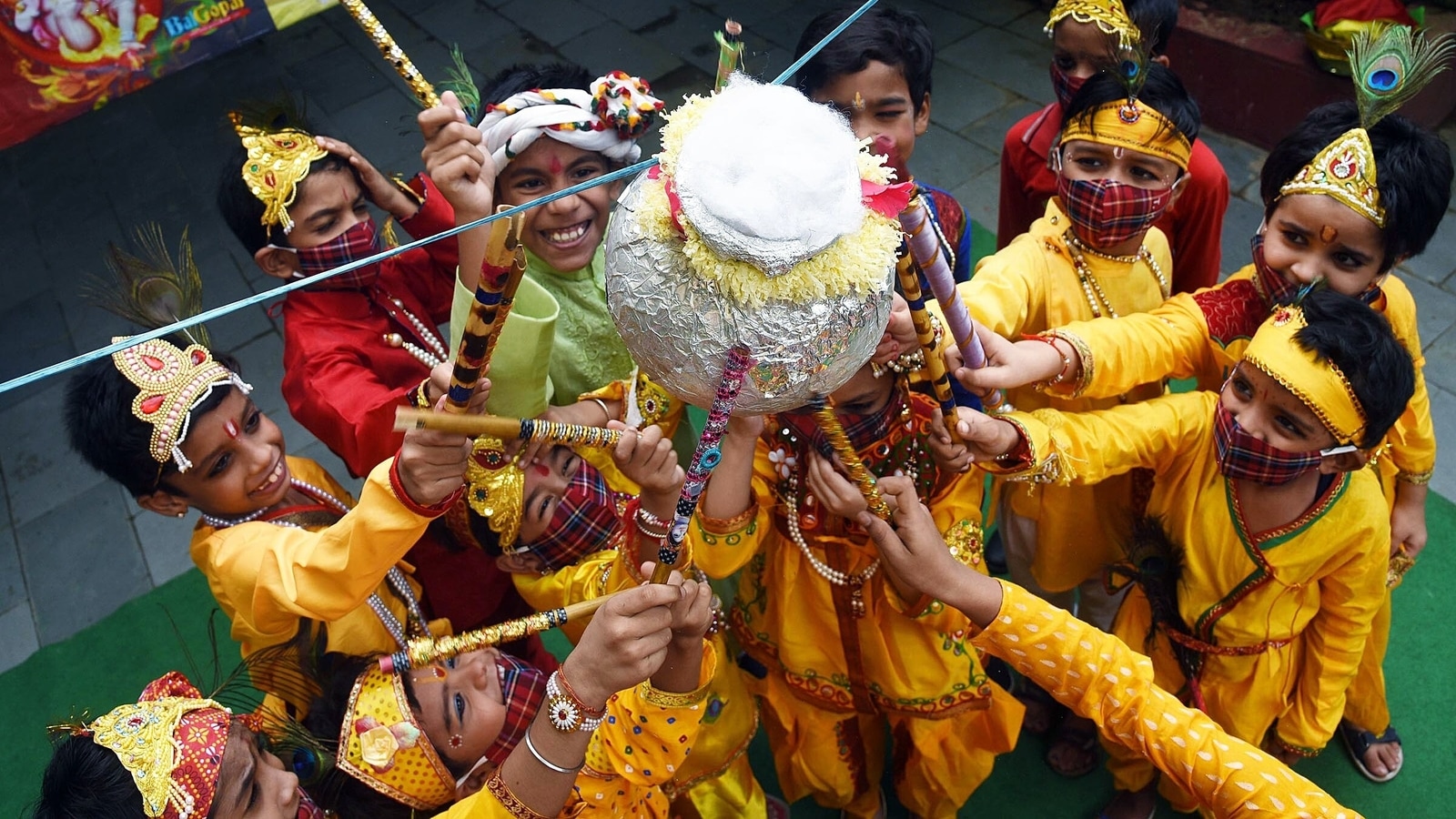Why is Krishna Janmashtami Celebrated? Unveiling the Divine Joy of Janmashtami Celebration

Every year, across India and by people of Indian descent around the world, there is an exuberant and spiritually charged celebration that takes place, known as Krishna Janmashtami. This vibrant festival, which marks the birth of Lord Krishna, is celebrated with immense enthusiasm and devotion. In this article, we will explore the roots and significance of Janmashtami celebration, tracing its deep-seated cultural and religious importance.
The Legend of Lord Krishna’s Birth
To truly understand the essence of Janmashtami celebration, we must delve into the rich tapestry of Hindu mythology. Lord Krishna, an incarnation of Lord Vishnu, is revered as the eighth avatar of the god, born to Devaki and Vasudeva in the prison cell of Mathura. This birth is celebrated on the eighth day of the Krishna Paksha (dark fortnight) in the month of Bhadrapada, which typically falls in August or September according to the Gregorian calendar.
 Read more – Explore Shirdi and Get Absorbed in Spiritual Serenity
Read more – Explore Shirdi and Get Absorbed in Spiritual Serenity
The legend narrates that Lord Krishna’s birth was not a mere mortal affair. It was a divine occurrence. His birth was prophesized to bring about the destruction of the tyrannical king Kamsa, Devaki’s brother, who had been terrorizing the people of Mathura. The prison cell, where Krishna was born, lit up with celestial light, and all the guards fell into a deep slumber, allowing Vasudeva to safely carry the newborn Krishna to Gokul, where he was raised by his foster parents, Nanda and Yashoda.
Janmashtami Celebration: A Joyous and Spiritual Affair
The celebration of Janmashtami is a vibrant blend of devotion, spirituality, and merriment. It typically spans two days, with the first day called “Ashtami” and the second day “Nanda Utsav.” Devotees observe fasts and engage in various rituals, showcasing their reverence for Lord Krishna.
Read more – Explore Santura Mata Temple in Dhanaulti: A Spiritual Journey
- Fasting and Austerity: Many devotees observe a strict fast on Janmashtami, abstaining from food and water until midnight, the time of Lord Krishna’s birth. This fast symbolizes devotion and self-discipline.
- Bhajans and Kirtans: Devotees gather in temples and homes to sing bhajans (devotional songs) and engage in kirtans (musical recitations of Krishna’s exploits). These melodious expressions of devotion create a joyous and spiritually charged atmosphere.
- Matki Phod: In the spirit of youthful Krishna’s love for butter, a tradition called “Dahi Handi” or “Matki Phod” is popular in some regions. Young men form human pyramids to break a pot of curd suspended at a considerable height, mimicking Krishna’s mischievous antics.

Read more – Discovering the Divine: How to Explore Seth Sanwaliya at Chittorgarh
- Jhulanotsava: In temples, idols of Krishna and Radha are beautifully adorned and placed on a swing. Devotees take turns to swing the deities while singing devotional songs.
- Midnight Celebration: The most significant moment of Janmashtami is midnight, the supposed time of Krishna’s birth. Temples are beautifully decorated, and the atmosphere is charged with devotion as devotees celebrate the birth of Lord Krishna.
Read more – Janmashtami Celebration in Vrindavan 2023: A Divine Spectacle
- Feasting: After midnight, the fast is broken, and a grand feast is prepared, comprising a variety of sweets, savories, and dishes that are believed to be Lord Krishna’s favorites. This act of sharing and partaking in the feast symbolizes unity and community bonding.
The Significance of Janmashtami Celebration

Read more – Unveiling the Spiritual Marvel: A Comprehensive Guide to Exploring Tirupati Balaji
- Spiritual Awakening: Janmashtami serves as a reminder of Lord Krishna’s teachings in the Bhagavad Gita, which imparts wisdom on duty, righteousness, and devotion. It is a time for spiritual introspection and growth.
- Cultural Unity: This festival transcends regional and linguistic boundaries, uniting people of different backgrounds in their love for Lord Krishna. It exemplifies India’s cultural diversity and unity.
- Social Harmony: The “Dahi Handi” tradition symbolizes teamwork and cooperation, promoting social harmony. It reminds us that collective effort can overcome even the most daunting challenges.
Read more – Exploring the Enigmatic History of Karani Mata Deshnok: A Comprehensive Travel Guide
- Devotion and Surrender: The fasts and rituals on Janmashtami are acts of devotion and surrender to the divine. They help individuals strengthen their connection with Lord Krishna and find inner peace.
- Joy and Celebration: Janmashtami is a time of celebration and joy. It encourages people to celebrate life and find happiness in devotion, music, and community gatherings.
Read more – Embarking on a Spiritual Journey: A Comprehensive Guide to Exploring Vaishno Devi from Jaipur
Janmashtami Celebration Around the World
While Janmashtami is most prominently celebrated in India, its fervor has spread to many countries with Indian diaspora communities. In countries like the United States, the United Kingdom, Canada, and Australia, Janmashtami celebrations are marked by cultural programs, dance performances, and traditional rituals in temples and community centers. These celebrations serve as a link to the roots and traditions of the Indian culture for the diaspora.
In Conclusion
Krishna Janmashtami celebration holds profound cultural and spiritual significance. This festive celebration within Hinduism commemorates the auspicious birth of Lord Krishna, who embodies divinity and love in its purest form. It serves as a unifying force, bringing devotees together in passionate acts of devotion, dance, and prayer, vividly echoing the profound teachings of Lord Krishna as expounded in the Bhagavad Gita. Beyond its religious importance, Janmashtami encourages unity and celebrates the triumph of good over evil through various rituals and cultural performances. It exemplifies the eternal love between Lord Krishna and his devotees, inspiring us to lead a life filled with righteousness, love, and compassion.
Read more – The Cost of Building the Ram Mandir in Ayodhya: What Makes It So Expensive?
